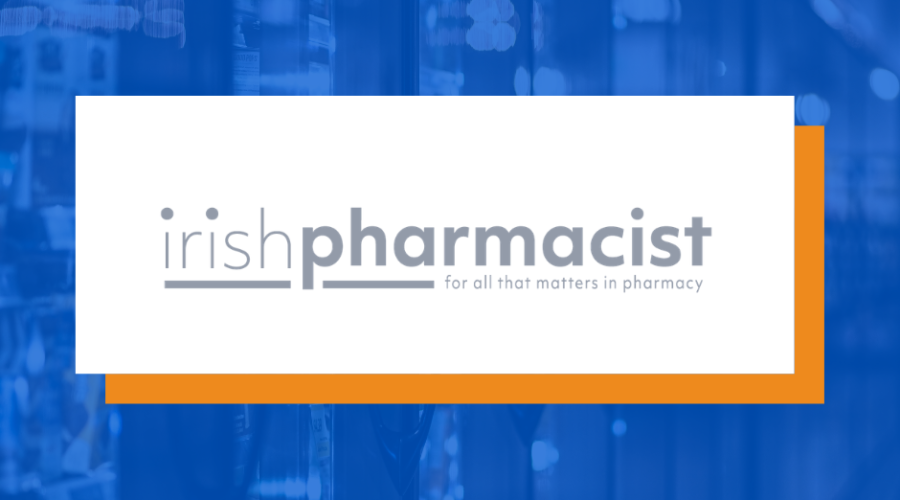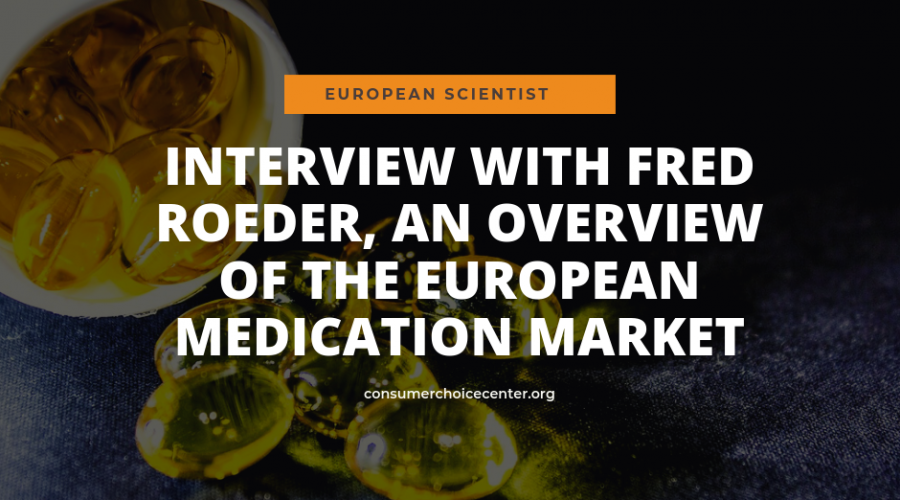Europe’s new Pharmaceutical Strategy needs adjustments
The existing IP framework of the EU has allowed us to get a vaccine before Christmas.
The rapid development of several highly effective vaccines against COVID19 is a great success for humanity. The United Kingdom was the world’s first country to approve a COVID vaccine, and hopefully soon, the European and US drug agencies will follow the UK’s lead.
Thanks to the very robust intellectual property (IP) framework the EU has, we were able to have the first effective COVID vaccine being developed in the EU (Germany) by a European company backed by European venture capitalists. The response of many innovative pharmaceutical and biotech companies has shown how important they are for humanity to respond to new threats such as COVID swiftly. Companies such as BioNTech, Moderna, and AstraZeneca have quickly responded early on by developing new and ground-breaking vaccines that will make 2021 most likely more enjoyable than this current year. The next pandemic might just be around the corner. Given how many humans have suffered and even lost their lives from COVID and the immense economic toll on Europeans, we need to do everything we can to foster and not stifle innovation in Europe.
Our resilience can only be increased by embracing innovation (the permission to use gene editing for covid vaccines is a good example) and allow risk-seeking investors such as venture capitalists and companies to benefit from their investments. Intellectual property rights are an essential factor. While the Commission’s new pharmaceutical strategy acknowledges IP rights as a safeguard for innovation, it also aggressively talks about centralizing pricing and reimbursement decisions away from member states and towards a unified European approach. This could be horrible news for our resilience when facing future public health crises.
The COVID pandemic has worsened public and personal finances and hence reduces patients’ accessibility to medicines. If we want to increase access to drugs in all parts of Europe and, at the same time, maintain our high innovation incentives, we need to focus on creating more prosperity. Ultimately economic growth is the critical driver for allowing more patients to access the drugs they need. Loud rhetoric aimed at eroding patent rights is dangerous saber-rattling that might reduce our ability to innovate in the future and find cures for that 95% of known diseases we can’t cure yet.
We need to acknowledge that there are wealth disparities among EU member states, and we can’t have a one size fits all approach when it comes to access to medicines. EU-wide pricing decisions might delay introducing new medicines across the entire block and hence would be a raise to the bottom in terms of access to lifesaving drugs. We might risk getting innovative drugs at the time of their approval elsewhere in the world. Instead of loud and bold statements to negotiate drug prices down, the Commission should embrace innovation and also work on OECD-wide reciprocity of drug approvals. Why should EU citizens have to wait for the EMA to approve vaccines when they have already proved safe and available to UK residents?
The EU Commission should maintain our excellent intellectual property standards and not intervene in the national rules for pricing and reimbursement decisions. Furthermore, it is paramount that governments refrain from picking winners in the race for new treatments and vaccines and therefore maintain technology neutrality. The German government, for instance, was quick to invest in one vaccine manufacturer early on. Still, despite a massive injection of taxpayer money, another German company won the race to be the first one with an effective vaccine. Europe is home to half of the world’s top 10 pharmaceutical companies. We should not jeopardize this position but aim for more and not less innovation in the European Union.
Originally published here.










